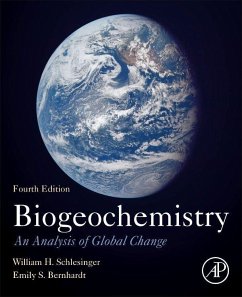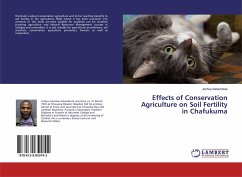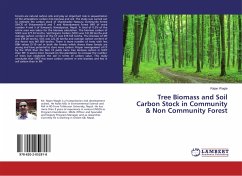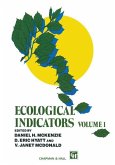Biogeochemistry: An Analysis of Global Change, Fourth Edition, considers how the basic chemical conditions of the Earth, from atmosphere to soil to seawater, have been, and are being, affected by the existence of life. Human activities in particular, from the rapid consumption of resources to the destruction of the rainforests and the expansion of smog-covered cities, are leading to rapid changes in the basic chemistry of the Earth. The new edition features expanded coverage of topics, including the cryosphere, the global hydrogen cycle, biomineralization and the movement of elements across landscapes and continents by organisms and through global trade.
The book will help students and researchers extrapolate small-scale examples to a global level. With cross-referencing of chapters, figures and tables, and an interdisciplinary coverage of the topic, this updated edition provides an excellent framework for examining global change and environmental chemistry.
The book will help students and researchers extrapolate small-scale examples to a global level. With cross-referencing of chapters, figures and tables, and an interdisciplinary coverage of the topic, this updated edition provides an excellent framework for examining global change and environmental chemistry.








